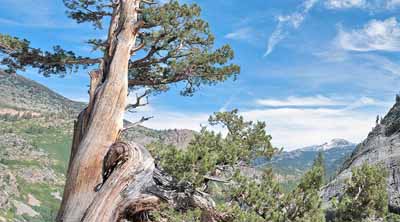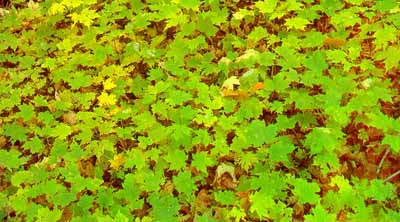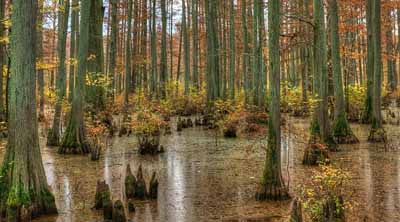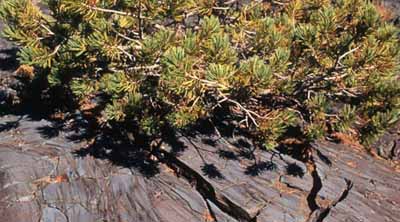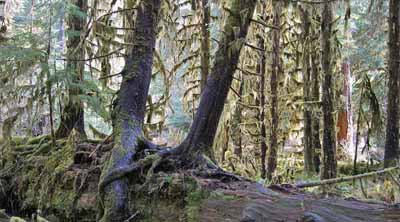Where Do Trees Grow
and Why?
Trees live in an amazing variety of places. They depend upon light, water, and nutrients to survive. These resources and the substrate necessary for establishment and growth vary substantially across the landscape. Tree species are adapted to different combinations of these requirements. Some species are generalists and are capable of surviving in a wide variety of resource environments while others are highly specialized and live in environments where certain resource limitations inhibit most trees from growing. The forests we see are the result of competition between species as they fight for survival in landscapes with even minor variations in light, water, and nutrients.
